 |
| Missing squash |
| Tenacious plants |
| More flowers |
Well, after that first surprise frost I realized I left the butternut squashes on the porch. Fearing they might have been damaged by the frost, I brought them inside and cooked 'em up to freeze for making soup and bread. Below is my photo journal of the process.
 |
| Add caption |
I cut the squash in half so that they will lie as level as possible. I also cu off the top of the squash where the stem was. The seeds and "guts" are much like a pumpkin, but with a tad less of the slime factor.
In the picture you'll notice the tree-like cuts I made in the pulp. Doing this allows the squash to cook more evenly. It also allows for the seasoning I put in the "bowl" to spread through the stem as the pulp softens.
In the "bowl" of the squash I put butter, vanilla, brown sugar, cinnamon, nutmeg, and cloves. The kicker is that I don't measure any of these. I do it by sight guestimation depending on the size and depth of the bowl. Once everything is a simmery, aromatic pool of sweetness I like it to fill the bowl about one-third to half-way full.
I slide them into the gaping maw of my 350 degree oven and forget about them. About forty-five minutes to an hour later the sugary bouquet of and Autumnal kitchen will remind me of my squash. (I like to cook them until I can use a regular table spoon to scrape the meat from the skin.)
 Scoop out the meat, plop it in the food processor (or a blender if you lack Ninja capabilities), and puree it until it's a sweet, sticky blob of creamed winter squash that needs many more ingredients until it can be given the title of yummy. The two I harvested from my garden yielded what you see here. I do believe this is a 4-quart mixing bowl.
Scoop out the meat, plop it in the food processor (or a blender if you lack Ninja capabilities), and puree it until it's a sweet, sticky blob of creamed winter squash that needs many more ingredients until it can be given the title of yummy. The two I harvested from my garden yielded what you see here. I do believe this is a 4-quart mixing bowl.| First loaf of butternut squash bread |
The first batch, eh, not so good. The second, with more brown sugar and cinnamon than the first, plus raisins. . . delicious! And a big hit at my Pampered Chef party, too.
(Little tip, lightly coat your raisins in flour to keep the suspended in the batter so they don't sink to the bottom of your loaf.)
I also make soup every year for Thanksgiving. I use the creamed, seasoned squash combined with chicken broth, and canned milk. Another quirk besides my aversion to measuring, sometimes I use evaporated milk, and sometimes I use condensed milk. Condensed milk is much sweeter and thicker, and seems to make the soup more preferable to my family. For that super extra yumminess drizzle the ever-expensive white truffle oil over the bowl before serving. A little trick I learned in Chattanooga. (Use the evaporated milk if you go this route.)
As for storage of the remaining squash goo, I put it in two-cup portions into FoodSaver bags. I was pretty happy that they all came out the same size since I made them from a roll.
Butternut squash is a great substitute for pumpkin, as are most winter squashes. It has more flavor, and can be used to make a more eclectic collection of recipes. (Did you know that canned "pumpkin" is nothing of the sort? It's winter squash. Libby's actually uses a variety that they created and have patented.)
So go a little butter-nutty this Autumn!

+Starter+Holes+on+Bottom.jpg)
+Bottom+Cut.jpg)
+Starter+Holes+on+Door+w:Bug+(2).jpg)
+Starter+Holes+on+Door+w:Bug+(1).jpg)
+Starter+Holes+on+Door+w:Bug+(3).jpg)
+Starter+Holes+on+Door+w:Bug+(4).jpg)
+Door+Cut+(1).jpg)
+Door+Cut+(2).jpg)
+Door+&+Windows+Burned+(1).jpg)
+Door+&+Windows+Burned+(2).jpg)
+Door+&+Windows+Burned+(3).jpg)
+Door+&+Windows+Burned+(4).jpg)
+Window+Pickets+Burned+(1).jpg)
+Window+Pickets+Burned+(2).jpg)
+Basic+Design+Finished+(1).jpg)
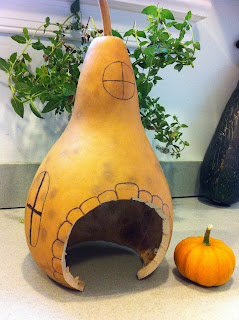+Basic+Design+Finished+(2).jpg)
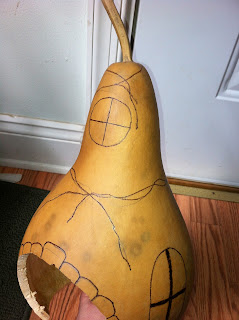+Vines+Burned+(1).jpg)
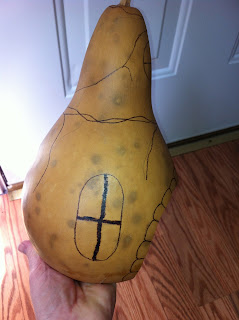+Vines+Burned+(3).jpg)
+Vines+Burned+(2).jpg)
+Leaves+Burned+(1).jpg)
+Leaves+Burned+(3).jpg)
+Leaves+Burned+(2).jpg)
+Leaves+Burned+(4).jpg)
+Hutch+Pose+(1).jpg)
+Hutch+Pose+(3).jpg)
+Hutch+Pose+(4).jpg)
+Hutch+Pose+(6).jpg)
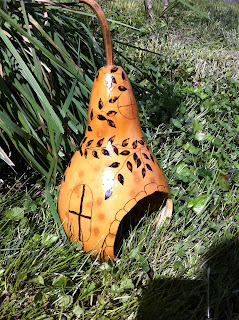+Finished+Toad+Hous+in+Garden+(1).jpg)
+Finished+Toad+Hous+in+Garden+(2).jpg)
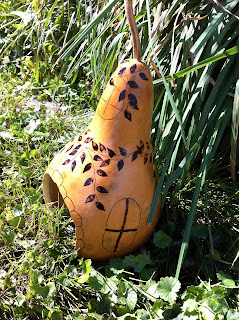+Finished+Toad+Hous+in+Garden+(3).jpg)
++Finished+Toad+Hous+in+Garden+(4).jpg)
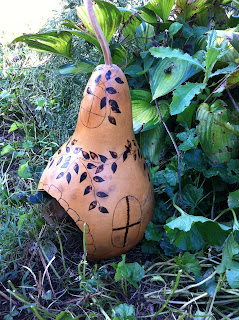++Finished+Toad+Hous+in+Garden+(6).jpg)
++Finished+Toad+Hous+in+Garden+(7).jpg)
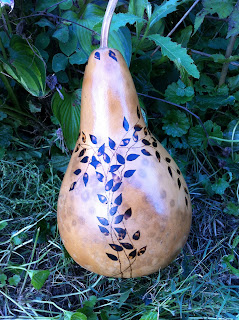++Finished+Toad+Hous+in+Garden+(8).jpg)
++Finished+Toad+Hous+in+Garden+(5).jpg)
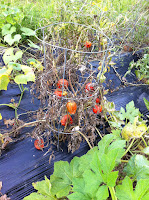.jpg)
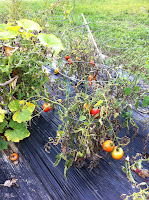.jpg)
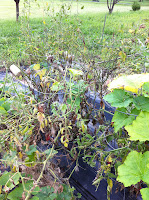.jpg)
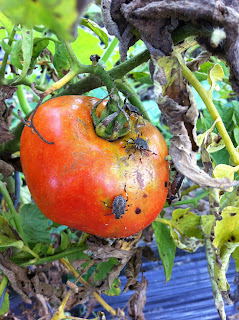
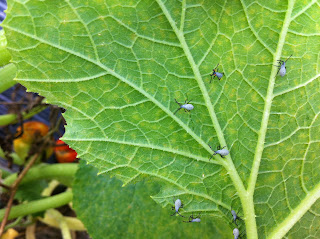.jpg)
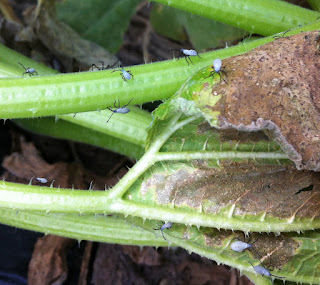.jpg)